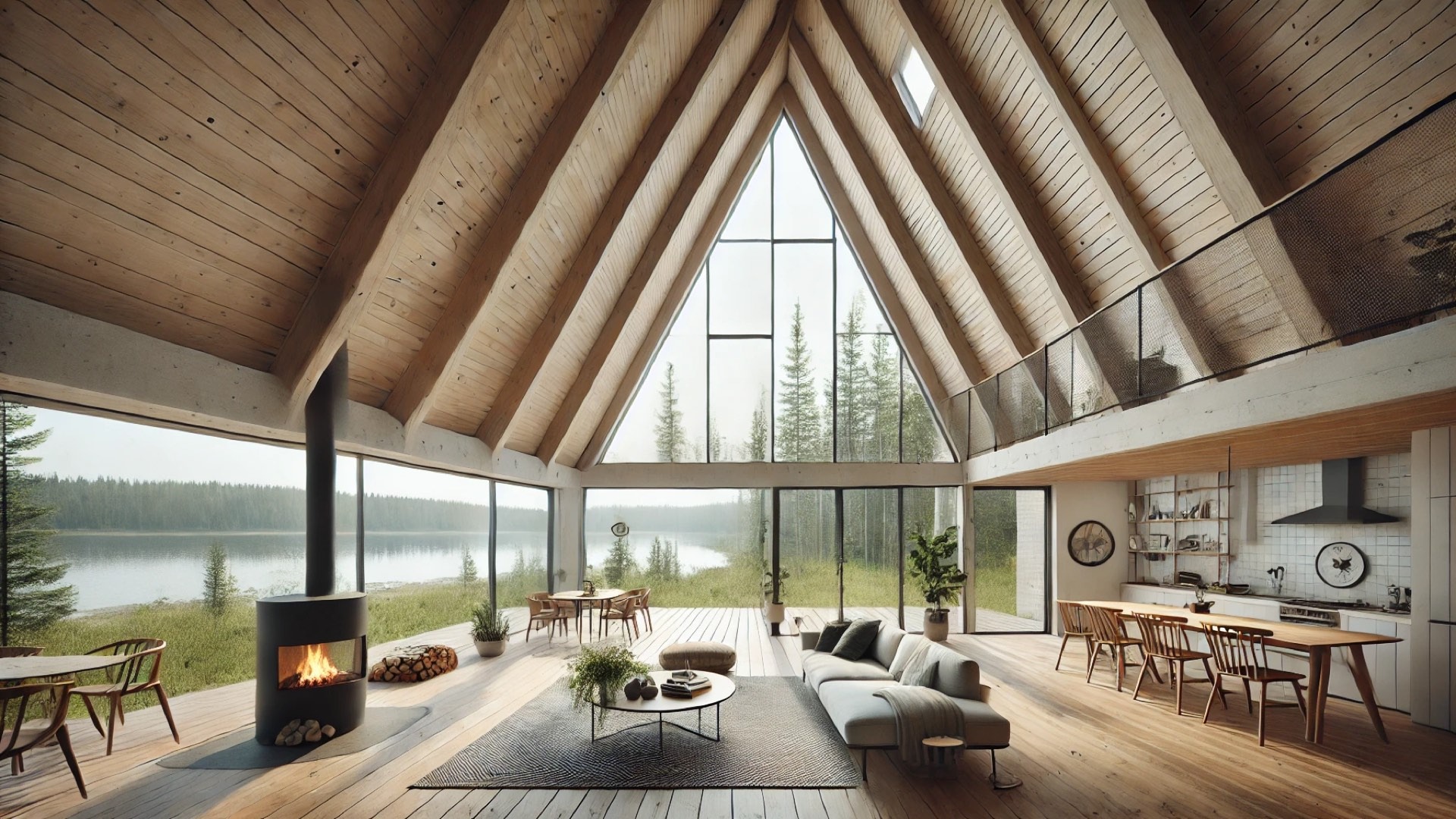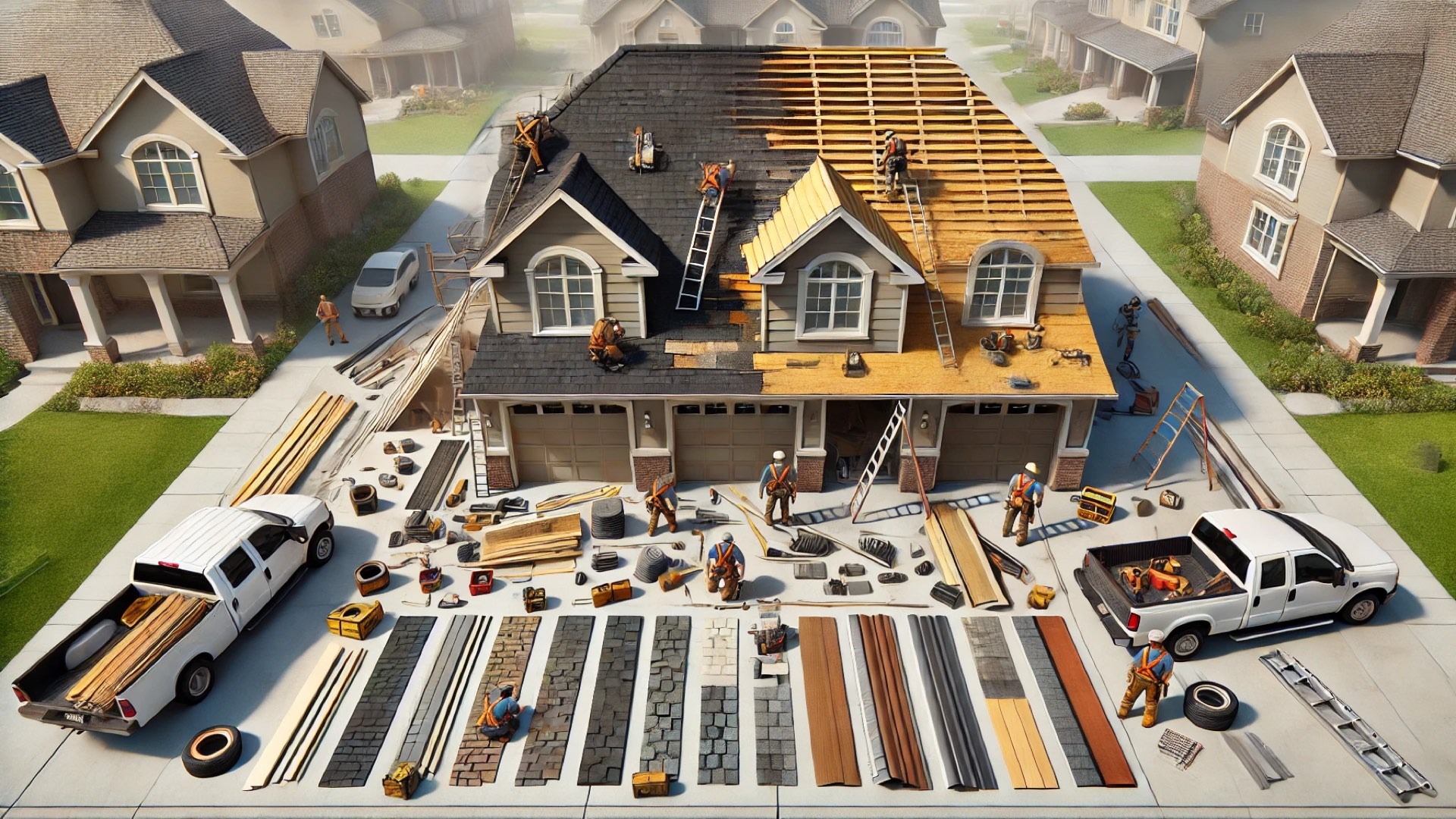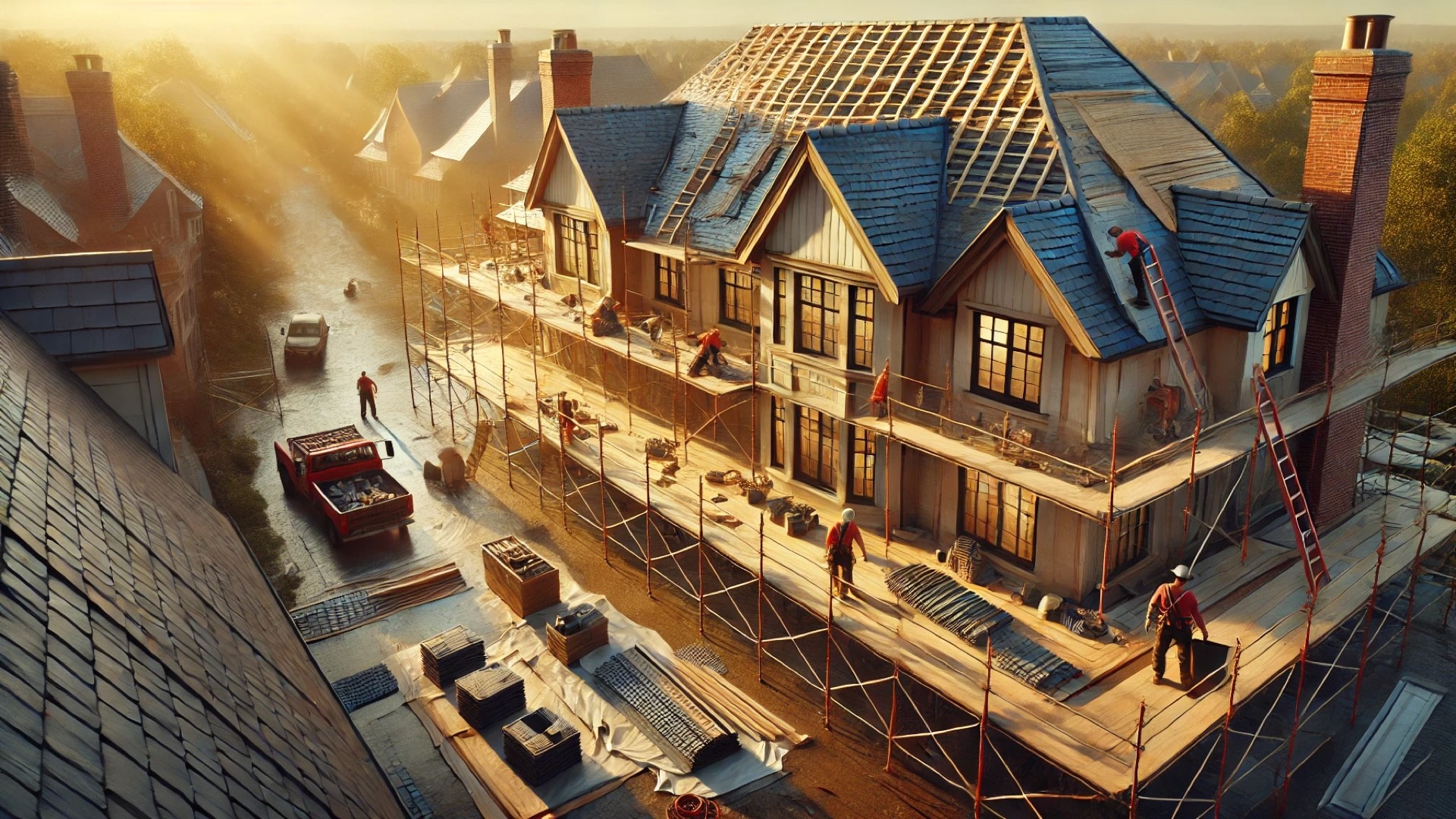
The Enduring Charm of A-Frame Homes in Modern Architecture
If you’ve ever taken a scenic drive through a ski town or a picturesque lakeside community, chances are you’ve spotted a distinctive architectural form: the A-frame house. Characterized by its triangular design, the A-frame is much more than just a structure; it represents a fascinating interplay between functionality, aesthetics, and cultural evolution.
Historical Context: More Than a Trend
The story of the A-frame begins long before it graced the landscapes of America. In regions across the world, steeply pitched roofs have served practical purposes—protecting inhabitants from snow and rain. Take the gassho-zukuri farmhouses of Japan’s Shirakawa-gō, for instance, built centuries ago to withstand heavy snowfall. Similarly, in the Alpine region of Europe, simple triangular designs emerged as effective solutions for farmers and herders. These structures were not merely design choices but rather necessities dictated by the environment.
The A-Frame's Voyage Into Modernity
As we traverse into the 20th century, we encounter a pivotal moment when the A-frame was reimagined. In 1934, architect Rudolf Michael Schindler created the Bennati Cabin in California, embodying a modernist approach to the A-frame. Despite its innovative design and appeal, the timing was unfortunate—a result of the Great Depression, which limited the public's appetite for chic getaways.
The A-frame saw a resurgence in the post-war era thanks to John Carden Campbell's “Leisure House.” His visionary design utilized standard sheets of plywood, capturing the imagination of Americans eager for affordable holiday homes. The introduction of Geller's A-frame in 1955 would eventually fulfiil the nation’s desires, transforming what was once a novelty into an architectural icon.
Diverse Perspectives on A-Frame Living
While the A-frame's popularity peaked from the late 1950s through the 1960s, its relevance endures in modern architecture, appealing to both nostalgic sensibilities and contemporary aesthetics. Critics often debate the adaptability of such unique structures. Some architects argue that A-frames may not fit seamlessly into urban settings, while enthusiasts believe their charm can transform any neighborhood into a cozy retreat.
This cultural tug-of-war raises questions about architectural identity and belonging in a diverse society. The A-frame stands as a visual testament to the evolution of American architecture, marrying simple engineering with grand aspirations. It inspires both pride and curiosity, prompting one to consider how such unique forms can integrate with modern living.
A New Age for A-Frame Architecture
As we look ahead, future trends indicate a potential revival of A-frame designs tailored for sustainability. Homeowners today prioritize eco-friendly materials and energy-efficient solutions, which aligns perfectly with the A-frame's natural airflow and lighting orientation. Architects may follow this path, enhancing the original charm of the A-frame while simultaneously addressing modern home-dwelling challenges. This blending of old and new amplifies the value of crafting homes that are both aesthetically pleasing and environmentally sustainable.
Closing Thoughts: Your Home, Your Legacy
With increasing awareness of building heritage and craftsmanship, the A-frame represents an opportunity for property owners to invest in a home that is as nostalgic as it is functional. Whether through careful restoration or inspired new builds, the decision to embrace an A-frame can create architectural legacies that stand the test of time. Explore your options!
 Add Row
Add Row  Add
Add 




Write A Comment